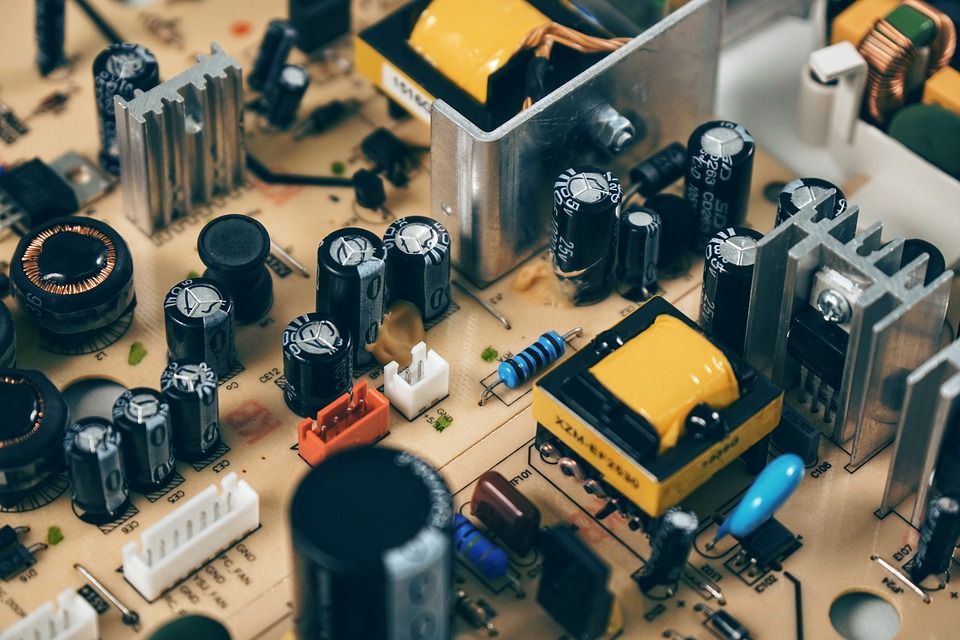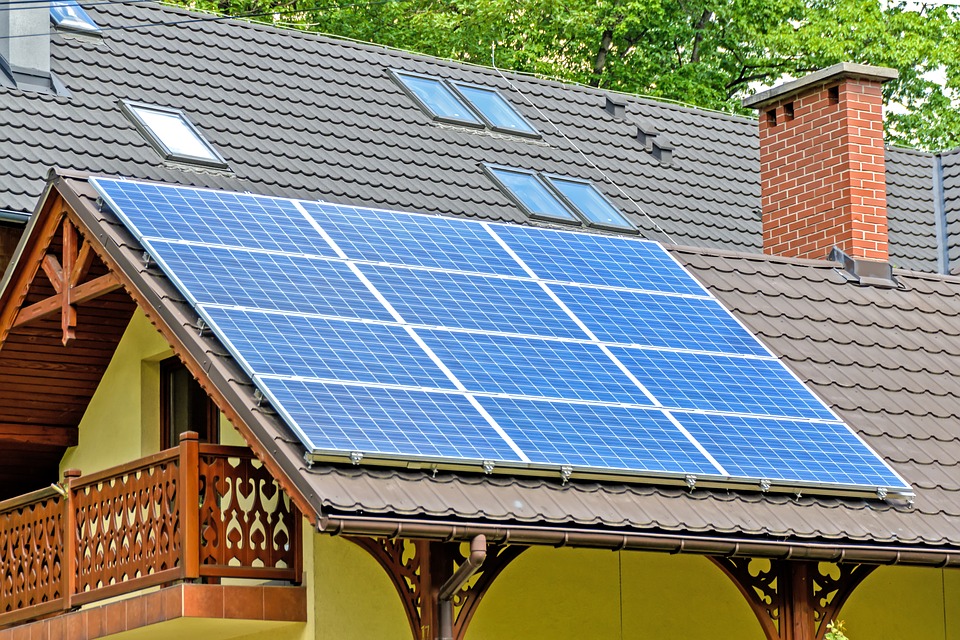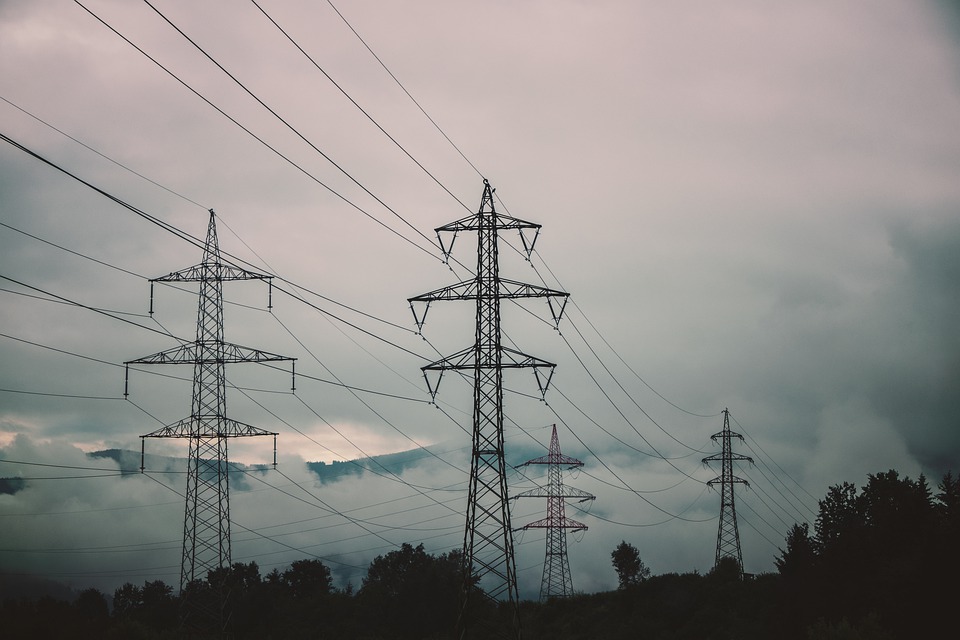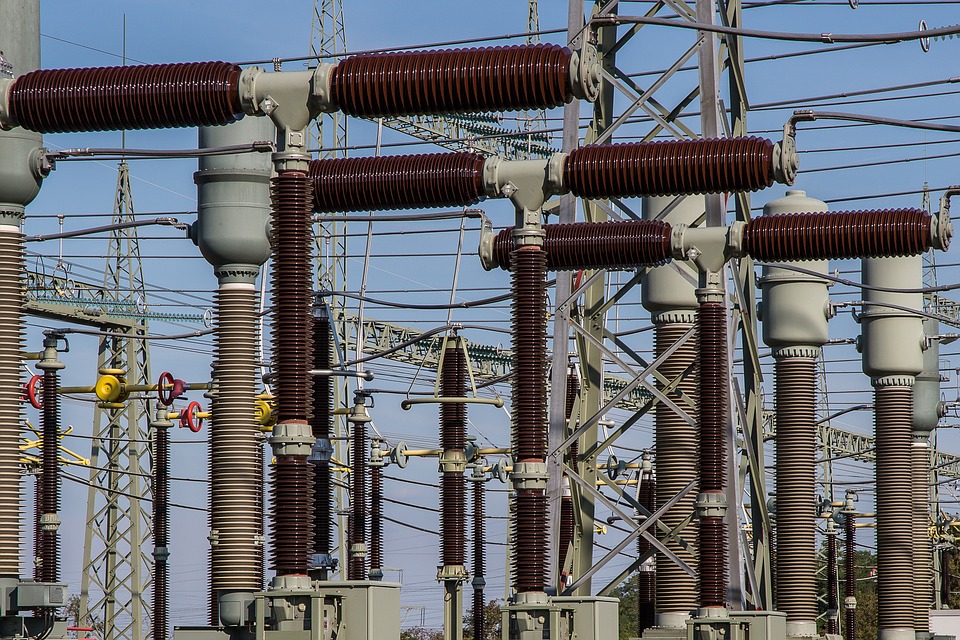 Armando Caligiuri electrons in
motion
Armando Caligiuri electrons in
motion| Italiano -English -Terms of use -Sitemap |
 Armando Caligiuri electrons in
motion
Armando Caligiuri electrons in
motion |
| Home-Informatics-Electronics-Radiowave-Audio-Seismo-Who i am-Contacts |
 Welcome to my web page dedicated to electronics and electrical engineering. On this page I will try to define in simple words the immense world that lies behind the words electrical engineering and electronics. It is not an easy task but I will try, using and making available my long experience in the field. Of course it is impossible to condense such a vast subject in this small text, but if you intend to delve deeper or need professional advice you can contact me via the contact page. At the end of this document you will find links to in-depth pages dedicated to active and passive electronic components. Electrical engineering Let's start with the raw material, that is, what we need to make everything work, we are talking about electric current. The classic definition is "a flow of electrons circulating in a conductor subjected to a potential difference or electrical imbalance", the unit of measurement is the Ampere, abbreviated with a capital A, in honor of the French physicist Andrè Marie Ampère who studied and defined it. In the definition of electric current we have introduced another primary parameter, the difference in electric potential or electric voltage, that is the force that creates the electrical imbalance in the atoms of a generic conductor, and therefore the circulation of electrons, which in the attempt to re-establish the equilibrium create the flow mentioned above, it is measured in Volta, abbreviated to Volt and indicated with a capital V, all this in honor of the illustrious Italian scientist Alessandro Volta, who carried out many studies and created the first voltage generator in the world (Volta's electric battery), there are two types of electric tension, the direct one or DC which is constant (it does not vary in value over time in a regular way) and can have a positive or negative sign, and the alternating one or AC (it varies in value over time in a regular way and can have both a positive and negative sign). Having defined the main creators of the entire electrical world, a third force remains to be defined. We are talking about electrical resistivity, that is, the force that hinders the movement of electrons in a generic conductor (bond between electrons and the nucleus of the atom). It is measured in Ohm, in honour of the German physicist Georg Ohm who studied and defined it. It is indicated by the omega symbol Ω. Electrical power is the work done by current and voltage to achieve a given purpose and is measured in Watts, symbol W. From what has been said, it is understood that applying an electrical voltage (V) to a generic conductor causes a flow of electrons (A) which is hindered by the intrinsic electrical resistivity of the conductor itself (Ω). This can be said when working with direct current (constant value over time and non-variable polarity), in alternating current (variable value and polarity that changes between positive and negative) several other non-negligible parameters intervene that must necessarily be taken into account, they are the frequency f (how many times a certain current passes through zero in the unit of time (1 second), the period S (the inverse of the frequency) the capacitive reactance Xc (capacitor)), the inductive reactance Xl (inductor) and the phase shift φ (fi). These quantities combined with the resistance create another equivalent quantity (i.e. born from the combination of all the parameters) called electrical impedance and indicated with the capital symbol Z, furthermore the alternating current (used in sinusoidal form) must be represented in vector form, and therefore being a mixed quantity it has a real part and an imaginary part (complex numbers), the imaginary part is separated from the imaginary part in the formulas by the letter J (iota). There are materials that oppose the flow of current more than others, that is, they have a higher specific resistivity, they are insulators (rubber, glass, PVC, dry wood, plastic, distilled water). Unlike insulators, conductive materials have a very low specific resistivity and oppose little to the passage of electric current (copper, gold, silver, aluminum, brass, generally metallic materials). All this is due, as previously mentioned, to the specific resistivity (symbol ρ) (ro) specific to each material, definable as the bond between the electrons and the nucleus, more or less strong, and which opposes the movement of electrons from one atom to another. To know the specific electrical resistivity of a given material you can consult the table that I have prepared for you, and that you can find at this link.There are also special materials called semiconductors (germanium and silicon) which have a neutral specific resistivity. Semiconductors treated with a process called "doping" are the basis for obtaining photovoltaic cells, transistors and integrated circuits that we will discuss later on the active components page.But how is electrical voltage produced? The simplest generator is the electric battery (Volta's battery, later improved by Leclanchè), which produces a continuous voltage, and is made up of disks of different conductive materials superimposed and immersed in an electrolyte (galvanic effect). Rechargeable batteries are currently also available, which are correctly called "electric accumulators" which, after a recharging process, subsequently return the accumulated energy.The amount of energy that can be accumulated is defined as "capacity" and for small capacities nickel-cadmium batteries or the improved nickel-manganese type are used, for large capacities lead-acid batteries or lithium batteries are used, each of them has positive and negative aspects, and one model rather than another is used based on the required starting current, the capacity and the space available. The electrical energy that reaches our homes is alternating and sinusoidal, and can be produced from renewable sources, that is, those that regenerate in a short time (photovoltaic panels, biomass plants, hydroelectric, wind, geothermal) or from non-renewable sources (oil, coal, methane, nuclear), however almost all of it is obtained by converting an energy that can be nuclear, geothermal, wind, mechanical or other into electrical energy through a machine called an alternator, which works according to the principle of electromagnetic induction. In the case of solar energy (photovoltaic), however, the photoelectric property of semiconductor materials is exploited to produce energy. The energy is then distributed as shown in the figure below. To conclude, I cite the formulas to calculate at least the main parameters exposed before, that is, voltage, current and resistance. To do this, "Ohm's law" comes to our aid, which allows us to calculate one of the parameters knowing the other two. By convention, voltage is indicated with V, current with I and resistance with R. Having said this, let's move on to the formulas. Voltage V= R*I Current I= V/R Resistance R= V/I The value of the electrical power is instead given by the multiplication of voltage and current, in essence, W=V*I By clicking on this text you can download an XLS file created by me specifically with which it is possible to calculate all the parameters foreseen by "Ohm's law".  Wind farm with wind generators  Solar farm with photovoltaic panels  220 KV Power electrical Line  Transformation and distribution substation Electronics Having clarified what electric current is, how it is produced and distributed to our homes and how to calculate the main parameters, we can dedicate ourselves to the more refined aspect, that is, electronics itself, but what is electronics? It can be defined simply as the science that creates and uses instruments, which use electric current, transforming it into "signals" to process other physical quantities. Electronics is further divided into two large sectors, Analogue electronics and digital electronics. Analogue electronics is where electrical signals are processed that can have any value from zero to infinity at any time. Digital electronics can instead be defined as where signals are processed whose values can only be two, 0 or off, or 1 or on. On this site we will discuss the main components used in electronics, both active and passive. Passive components are those that use energy but do not perform signal amplification or production or processing, they serve as a backdrop to the active ones to polarize them and make them work, on the contrary the active components are those that can produce, or amplify or process signals. Both in electrical engineering and in electronics, to understand the functioning of a given circuit it is necessary to have a diagram that can be both electrical and practical. The electrical or theoretical one uses standardized symbols to represent the components used and serves to facilitate understanding of the operation, the practical one instead represents the realization scheme of the circuit. At this link you can find some symbols used in electrical diagrams. In the pages available to you by clicking on the links at the end of this document, you can find a more extensive discussion of the most used active and passive components in electronics. Of course it is impossible to condense all these concepts in a small space, mine is only intended to be a good guide for those who are new to this fantastic world, it is however possible to delve deeper or request professional advice by contacting me, for this go to the contact page. Thank you for visiting my website and following my guide, come back to visit it. Passive components Active components |

 |
|
Home Informatics, Computer networks, Software Electronics, Active components, Passive components Radiowave Seismo Contacts Who i am Audio Created and maintained by Armando Caligiuri (C) 2025 4.0 Responsive version Armando Caligiuri, Electronic senior expert Electronic and I.T. maintainer Electronic project implementer I.T. consultant To use the contents visit the Disclaimer page |